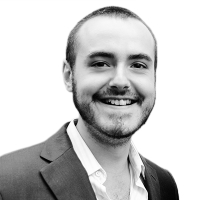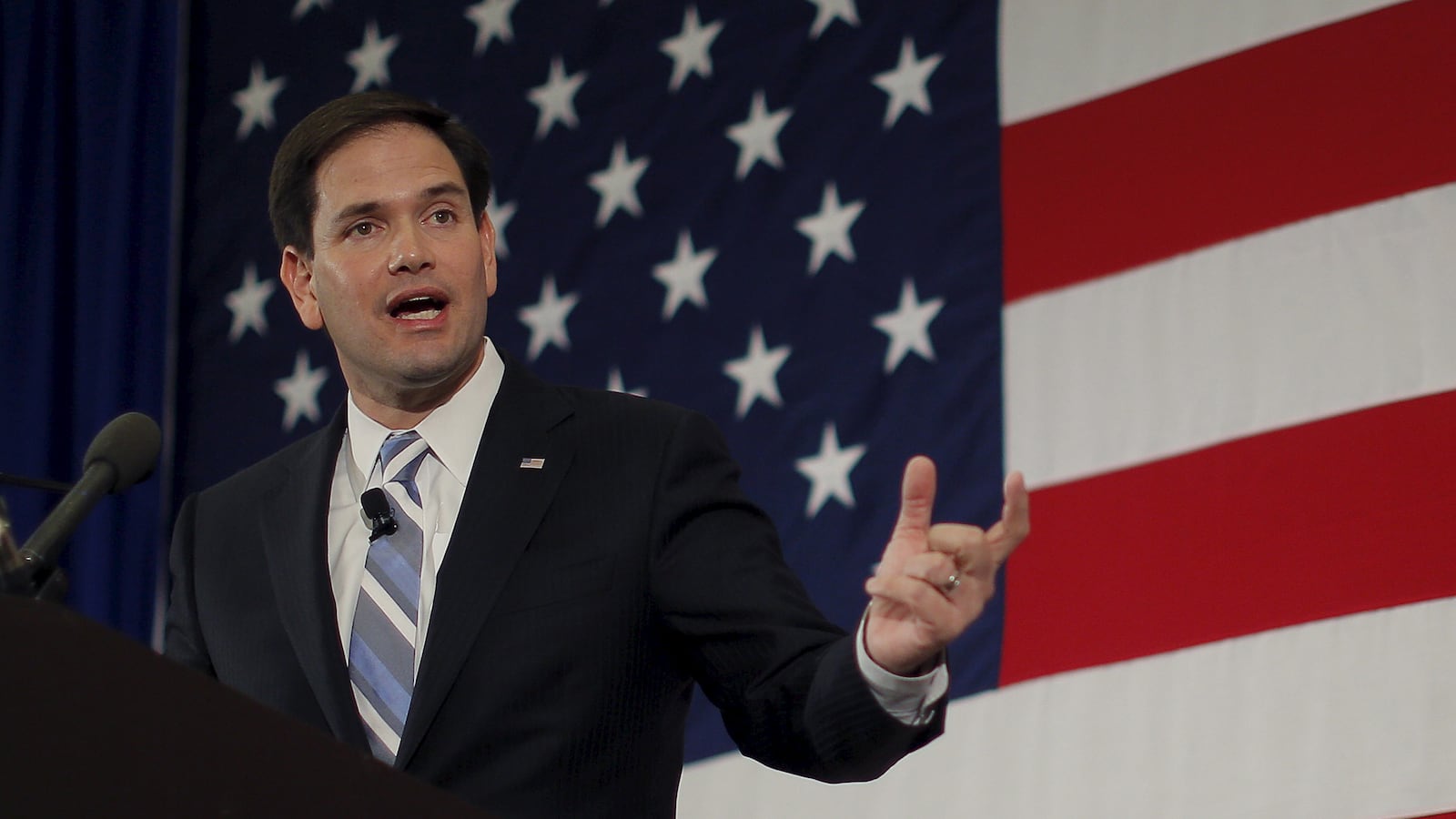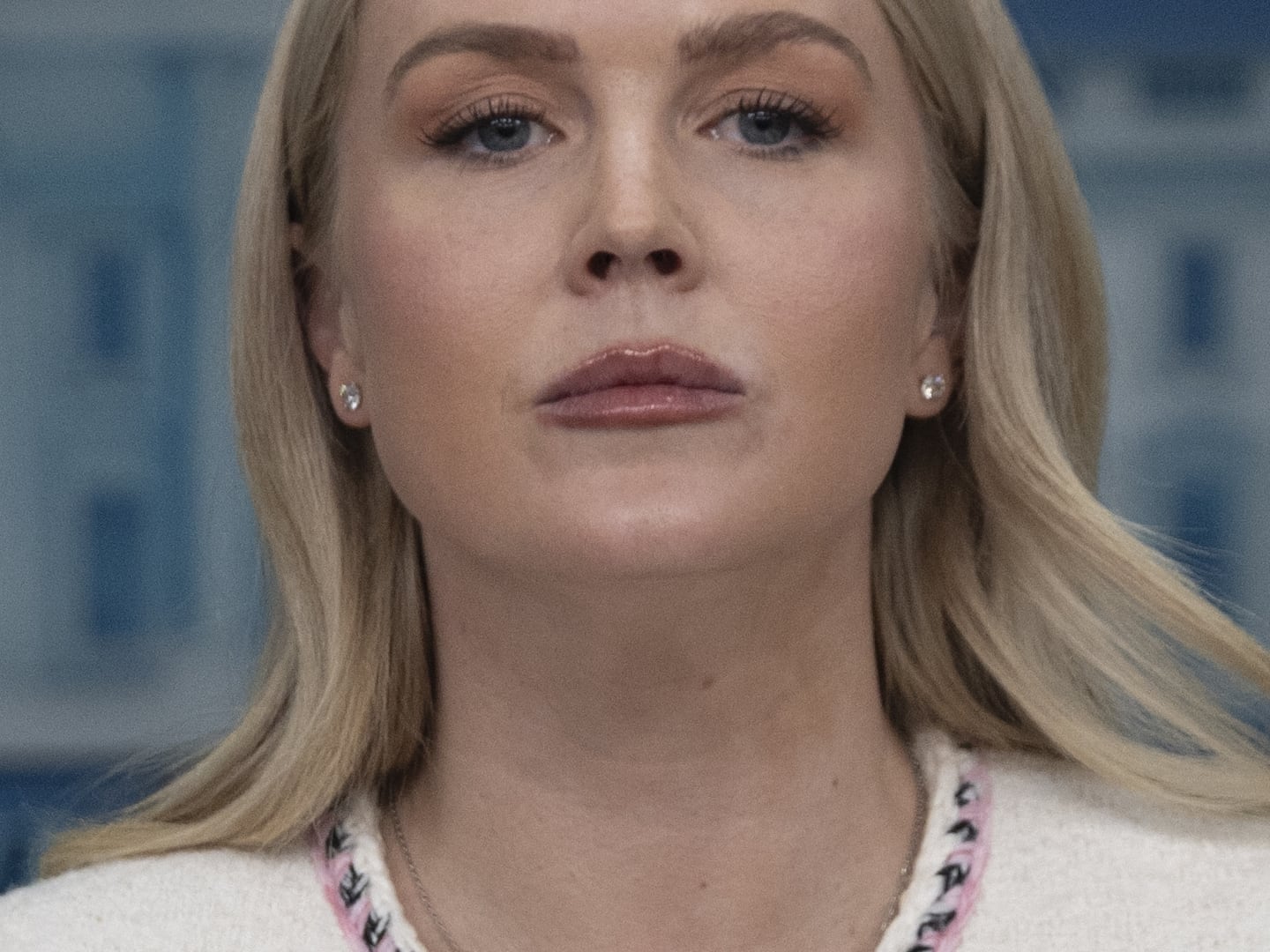American presidential candidates are often a good lens for looking at the state of American religion. For instance, the fact that 2012 was the first election in American history where no candidate was a mainline Protestant, after that branch’s virtual monopoly on the White House, reflected the mainline’s precipitous decline in numbers and influence over the 20th century.
While the two vice-presidential candidates were boringly Catholic, Barack Obama ran as a nondenominational, basically unchurched Christian, and Mitt Romney as a Mormon, reflecting the surge of these two very different styles of Christianity in America.
The sociologist Peter Berger once quipped that if Swedes are the world’s least religious people, and Indians the world’s most religious people, then America is a nation of Indians governed by Swedes. But the top Swedes, of either party, have to at least pretend to be Indians, and to be Indians in the style of the Indians. So presidential candidates provide an ideal funhouse mirror image of the state of American religion as it is actually lived.
This cycle, the recently-announced candidate Marco Rubio also provides an interesting lens through which to look at how Christianity is changing in America. Rubio is a Catholic. But Rubio is also a Catholic who dabbled in Mormonism. And Rubio is a Catholic who dabbled in Mormonism who attends Southern Baptist services with his wife.
This reflects the increasingly consumerist, do-it-yourself aspect of American religion. Contrary to the hopes or fears (depending on where you stand) that greeted the New Atheism publishing phenomenon, Americans are as religious as ever—more Americans than in the 1950s, for example, report having had an experience of the divine, or believing in an afterlife.
But at the same time as religious feeling has intensified, as Ross Douthat points out in his invaluable book Bad Religion: How We Became a Nation of Heretics, religious institutions have declined.
America, obviously, has always been a land of individualism and new thinking. Dating back to the Great Awakening of the 1820s and before, America has always had its kooks, its heretics, its prophets, its religious oddballs, and movements following them. The difference between then and now, however, is that this aspect of American religion was also balanced by a moderate, institutional ballast.
Today, while Americans are more likely than ever to hold supernatural beliefs and have religious experiences, they are also less likely than ever to go to church, particularly an institutional church. They are increasingly likely to believe that they can formulate their own beliefs, and that institutional churches have no particular authority to teach them one way or another, and that religious dogma is something on which one can simply agree to disagree, and where every view is equivalent.
The decline of institutional religion is mostly self-caused. Mainline Protestantism transformed itself into a religion of social activism, jettisoning the focus on Christ and creed that has made the Christian church so successful over the millennia. The Catholic Church, beyond its litany of scandals, has only ever so rarely succeeded in (or even tried) communicating the depth of its doctrine, the beauty of its rites, and the mystical uplift that its spiritual traditions can provide.
This state of affairs has advantages—the religious landscape in contemporary America is strikingly vital, unlike sleepy Europe—but it also has obvious disadvantages: The greatest comforts, and the most life-changing challenges, of religion, come precisely from its Otherness. Do-it-yourself religion, by definition, can never be that Wholly Other who comes from beyond the beyond to transform you and lead you to a higher state of life.
Rubio now describes himself as a thoroughly orthodox Catholic. Whether or not that’s true, his patchwork religious history will probably resonate more with most Americans.






